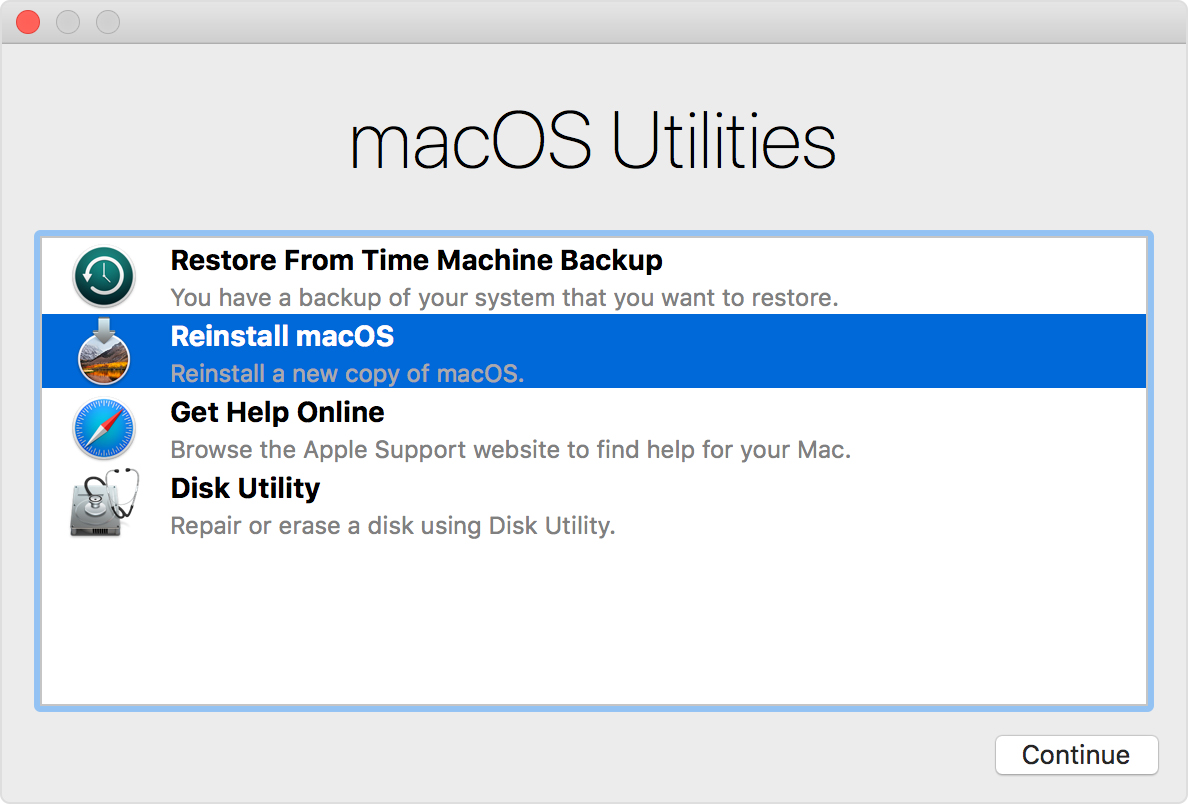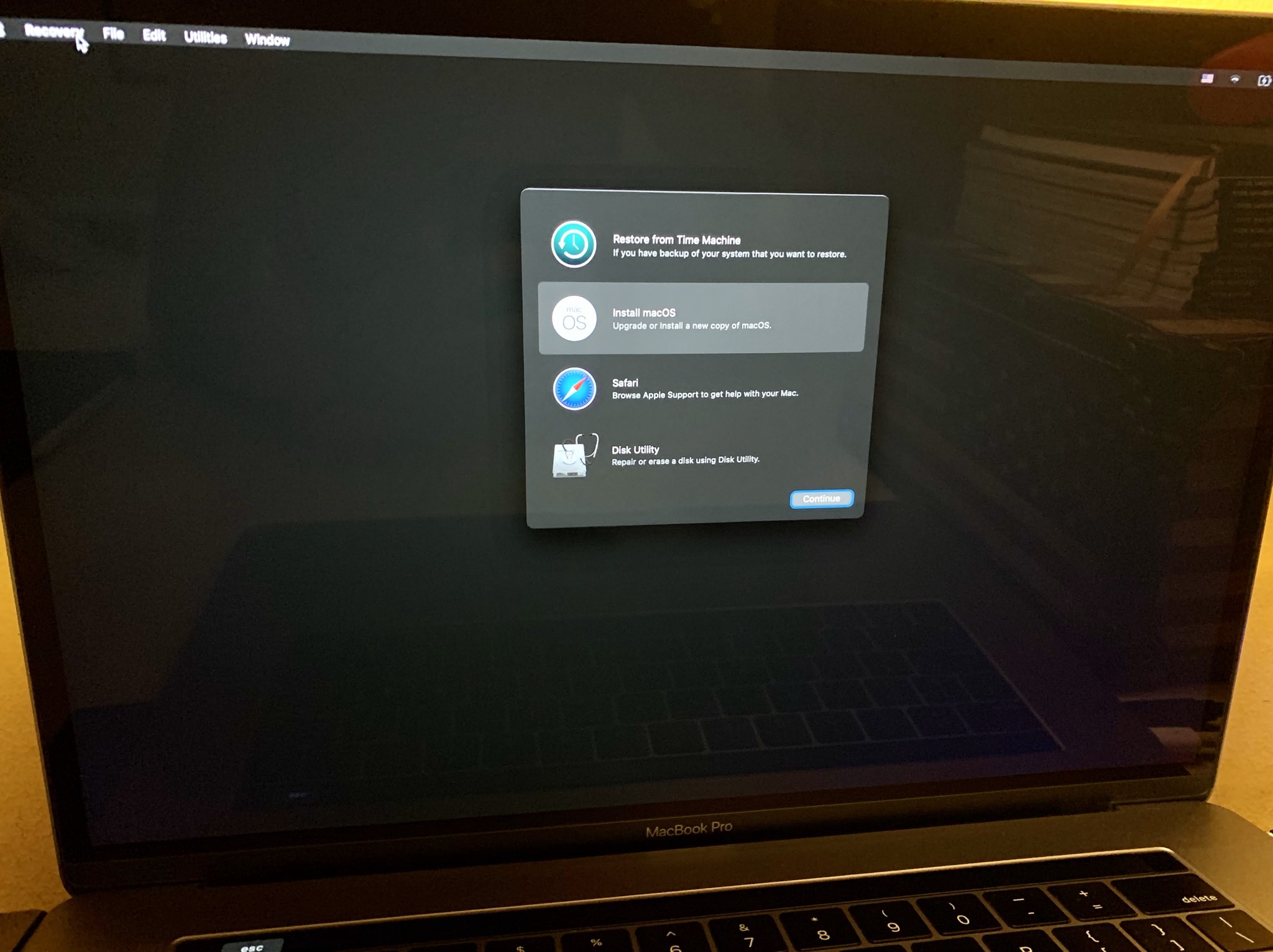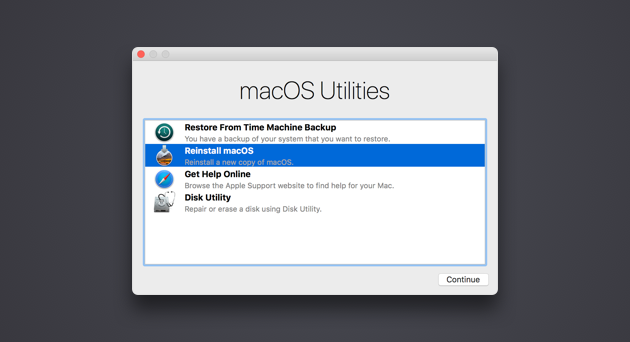

I’m thrilled to say that my machine is much faster than it was! It feels just like it did running macOS Catalina. The saving grace is that now there are some tools that make this relatively painless and you can be back in business within a couple of hours instead of a couple of days. Just like I had to do after every single Windows update back in the day.
Mac os recovery mode install#
Regardless, my Mac was slow and I wanted it back to the speed it was before.Īfter reading on a few sites around the good ol’ internet that Big Sur sluggishness is not uncommon, I decided to try erasing the hard drive, do a fresh install of Big Sur, then restore a backup. My guess is that everyone on the macOS team at Apple has been on Apple Silicon machines for at least a couple of years and they may not have taken the time to update (and use for an extended period) an Intel machine before releasing Big Sur so they are blissfully unaware that they now have millions of frustrated users.

I may have just become more aware of the overall sluggishness as time went on.

This seemed to get worse with time, but I’m not sure about that. It’s just that my speedy 2019 MacBook Pro was laggy, missed keystrokes, and apps loaded much more slowly than they did before the update. Don’t get me wrong, everything worked, and it looked great. As a major version change it introduced all sorts of shiny new things! Unfortunately, for the first time in my macOS journey, the update went more like a Windows update of years gone by and I found myself wishing I could go back to the previous OS version. I was pretty excited to upgrade to macOS Big Sur.


 0 kommentar(er)
0 kommentar(er)
